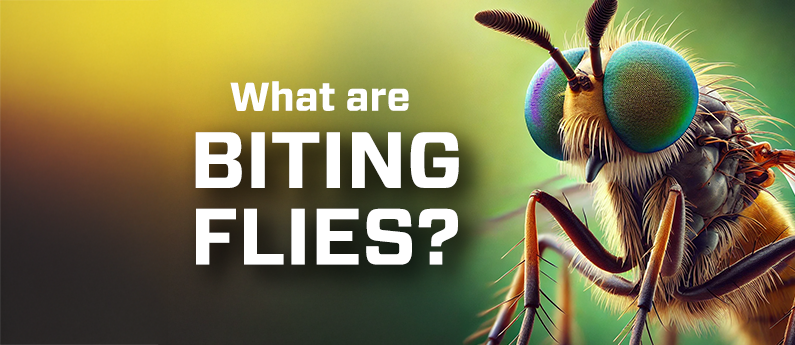When flies invade your space, they can be more than just a nuisance—they can bite, spread disease, and spoil your time outdoors. But not all flies are the same. Biting flies and filth flies behave differently and are attracted to different things. Identifying which type of fly you’re dealing with is crucial to picking the right trap.
What Are Filth Flies?
Filth flies are scavengers that breed and feed on decaying organic matter and animal feces, making them a health hazard as well as a nuisance. These include house flies, blow flies, and garbage flies. Here's how you can tell if you're dealing with filth flies:

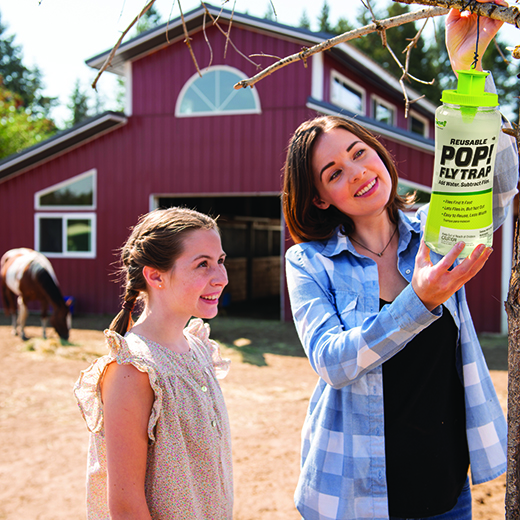 Appearance
Appearance
Filth flies are generally smaller than biting flies. The common house fly, for example, is about 1/4 inch long, with gray bodies and distinctive red eyes. Blow flies have a metallic green or blue appearance, while garbage flies are dull in color.
Behavior
Unlike biting flies, filth flies don’t target humans or animals for blood. They are more interested in rotting food, manure, and garbage. You’ll notice them buzzing around trash cans, compost bins, or animal waste, especially in warmer months.
Habitat
Filth flies are highly adaptable and can infest both indoor and outdoor spaces. They are often found in kitchens, near garbage bins, and around animal enclosures. Filth flies are attracted to the smell of decay, so foul odors are a sure sign they’re nearby.
For filth flies, odor-based traps are highly effective. The RESCUE! Disposable Fly Trap, POP! Fly Trap, and Reusable Fly Trap are designed to lure filth flies in and keep them trapped, preventing them from reproducing and spreading disease. It’s important to note that these traps are designed strictly for outdoor use. If you need to kill flies indoors, FlyPad and Indoor Fly TrapStik are both good choices.
What Are Biting Flies?
Biting flies, as the name suggests, feed on blood. Common examples include horseflies, deer flies, and black flies. Here's how you can tell if you're dealing with biting flies:
Appearance
Biting flies are usually larger and stockier than house flies. Some biting flies also have distinctive wing patterns or shiny, colorful eyes.
Behavior
These flies are aggressive. They often target animals and humans, drawn by body heat, carbon dioxide, and movement. Biting flies are typically found near bodies of water, wooded areas, or fields where animals graze.
Habitat
Biting flies prefer outdoor environments and are more common in the summer. They are rarely seen inside homes but can ruin outdoor activities like hiking, picnicking, or working in the yard.
Because they’re visually attracted to movement and dark surfaces, sticky traps with visual lures work best for biting flies. The RESCUE! Deck & Patio Fly TrapStik is designed to catch them on contact, providing an easy, odor-free solution to the problem.
Choosing the Right Trap
When choosing a trap, consider the type of fly you’re dealing with:
If you’re dealing with biting flies, opt for a trap with a visual attractant like the Deck & Patio Fly TrapStik.
.jpg)
If filth flies are the problem, go with odor-based attractant traps like the Disposable Fly Trap or the POP! Fly Trap, but remember that you should only use these traps outdoors! For eliminating flies indoors, FlyPad and Indoor Fly TrapStik are the best options.
By correctly identifying whether you have biting or filth flies, you can ensure you're using the most effective trap to keep your home and yard fly-free!


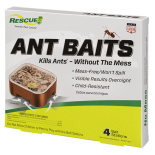 Ant Baits
Ant Baits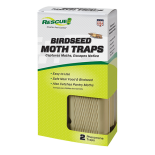 Birdseed Moth Trap
Birdseed Moth Trap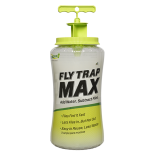 Fly Trap Max
Fly Trap Max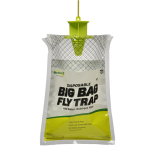 Fly Trap, Big Bag
Fly Trap, Big Bag 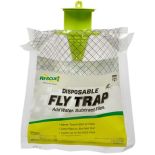 Fly Trap, Disposable
Fly Trap, Disposable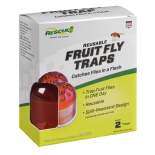 Fly Trap, Fruit Fly
Fly Trap, Fruit Fly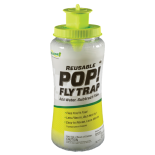 Fly Trap, POP! Fly
Fly Trap, POP! Fly 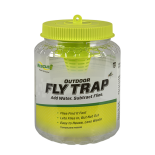 Fly Trap, Reusable
Fly Trap, Reusable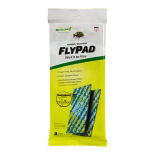 FlyPad
FlyPad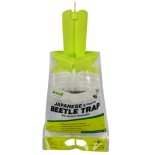 Japanese & Oriental Beetle Trap
Japanese & Oriental Beetle Trap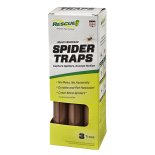 Spider Trap
Spider Trap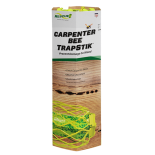 TrapStik, Carpenter Bee
TrapStik, Carpenter Bee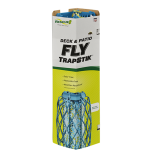 TrapStik, Deck & Patio Fly
TrapStik, Deck & Patio Fly 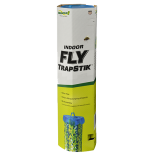 TrapStik, Indoor Fly
TrapStik, Indoor Fly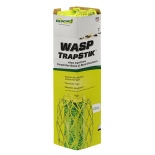 TrapStik, Wasp
TrapStik, Wasp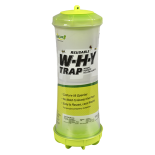 W·H·Y Trap for Wasps, Hornets & Yellowjackets
W·H·Y Trap for Wasps, Hornets & Yellowjackets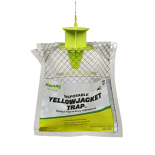 Yellowjacket Trap, Disposable
Yellowjacket Trap, Disposable 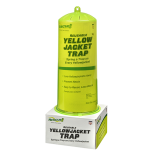 Yellowjacket Trap, Reusable
Yellowjacket Trap, Reusable 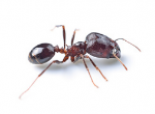 Ants
Ants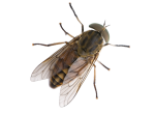 Biting Flies
Biting Flies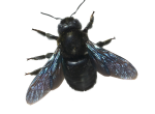 Carpenter Bees
Carpenter Bees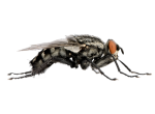 Flies
Flies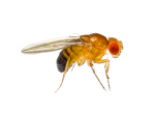 Fruit Flies
Fruit Flies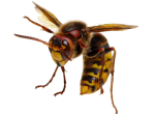 Hornets
Hornets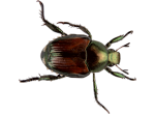 Japanese Beetles
Japanese Beetles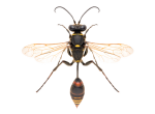 Mud Daubers
Mud Daubers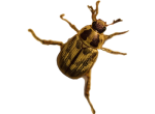 Oriental Beetles
Oriental Beetles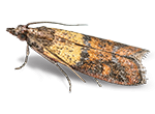 Birdseed & Pantry Moths
Birdseed & Pantry Moths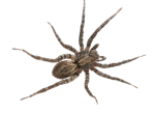 Spiders
Spiders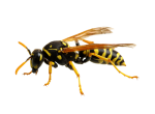 Wasps
Wasps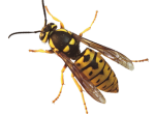 Yellowjackets
Yellowjackets